Johan Thomas Lundbye (b. Kalundborg 1818, d. Bedsted 1848) View from Kalkbrænderibugten with Copenhagen in the background. In the foreground to the right sits a young painter who is smoking a pipe of tobacco and next to him the paint chair and the sketch pad. C. 1836. Unsigned. Oil on canvas. 48×63 cm. Kalkbrænderibugten is in English 'the Bay with the lime kilns' in Øresund. Today the landscape shown is built on and part of Copenhagen. Literature: Exhibition catalogue, Thorvaldsens Museum, “Johan Thomas Lundbye 1818–1848....at male det kjære Danmark”, (Johan Thomas Lundbye 1818–1848 .... to paint the dear Denmark), 1994, where the newly discovered painting is described in a postscript p. 235 and depicted p.234. Below is a reference from this article. Hans Edvard Nørregård Nielsen has various comments and information about the painting. He mentions i.a. that the art historian, director of the Statens Museum for Kunst (National Gallery of Denmark) Karl Madsen (1855–1938) has not been aware of its existence, hence is not included in his Catalogue Raisonné of Lundbye's works. The painting must have been brought out of Denmark early by Lundbye's acquaintance Georg Lassen Bruun. The frame bears the inscription: “Painter J. Th. Lundby. Famous in Denmark, Papas friend”. Hans Edvard Nørregård Nielsen believes that the painting probably can be dated to the winter of 1836 and must be based on a number of studies that the artist carried out in September the year before. He further suggests that the painter in the foreground could be a self-portrait. He also refers to a small painting “Fra Kalkbrænderibugten” dated 1836, about which Karl Madsen writes (in Danish):“...one should think that Købke had told him where and what to paint and had given him good advice standing behind Lundbye's back while it was painted”. Karl Madsen: “Johan Th. Lundbye 1818–1848” 1949 p. 43. It is not entirely beside the point that Lundbye was inspired by Købke and his world of motifs. Nørregård-Nielsen writes about this: “We are facing a work of art that formally professes an academic tradition, but in a number of green-toned details such as the reproduction of rushes and towering blades of grass are in deep debt to Købke”. Provenance: Georg Lassen Bruun, Copenhagen. Ausa Bruun born 1878. Ausa Jackson. Has then been inherited by the English family until the painting around 1994 came to Denmark in connection with a major auction of Golden Age paintings, Bruun Rasmussen auction 602, 1994 no. 13 reproduced p. 17.
Condition
Johan Thomas Lundbye (b. Kalundborg 1818, d. Bedsted 1848) View from Kalkbrænderibugten with Copenhagen in the background. In the foreground to the right sits a young painter who is smoking a pipe of tobacco and next to him the paint chair and the sketch pad. C. 1836. Unsigned. Oil on canvas. 48×63 cm. Kalkbrænderibugten is in English 'the Bay with the lime kilns' in Øresund. Today the landscape shown is built on and part of Copenhagen. Literature: Exhibition catalogue, Thorvaldsens Museum, “Johan Thomas Lundbye 1818–1848....at male det kjære Danmark”, (Johan Thomas Lundbye 1818–1848 .... to paint the dear Denmark), 1994, where the newly discovered painting is described in a postscript p. 235 and depicted p.234. Below is a reference from this article. Hans Edvard Nørregård Nielsen has various comments and information about the painting. He mentions i.a. that the art historian, director of the Statens Museum for Kunst (National Gallery of Denmark) Karl Madsen (1855–1938) has not been aware of its existence, hence is not included in his Catalogue Raisonné of Lundbye's works. The painting must have been brought out of Denmark early by Lundbye's acquaintance Georg Lassen Bruun. The frame bears the inscription: “Painter J. Th. Lundby. Famous in Denmark, Papas friend”. Hans Edvard Nørregård Nielsen believes that the painting probably can be dated to the winter of 1836 and must be based on a number of studies that the artist carried out in September the year before. He further suggests that the painter in the foreground could be a self-portrait. He also refers to a small painting “Fra Kalkbrænderibugten” dated 1836, about which Karl Madsen writes (in Danish):“...one should think that Købke had told him where and what to paint and had given him good advice standing behind Lundbye's back while it was painted”. Karl Madsen: “Johan Th. Lundbye 1818–1848” 1949 p. 43. It is not entirely beside the point that Lundbye was inspired by Købke and his world of motifs. Nørregård-Nielsen writes about this: “We are facing a work of art that formally professes an academic tradition, but in a number of green-toned details such as the reproduction of rushes and towering blades of grass are in deep debt to Købke”. Provenance: Georg Lassen Bruun, Copenhagen. Ausa Bruun born 1878. Ausa Jackson. Has then been inherited by the English family until the painting around 1994 came to Denmark in connection with a major auction of Golden Age paintings, Bruun Rasmussen auction 602, 1994 no. 13 reproduced p. 17.
Condition
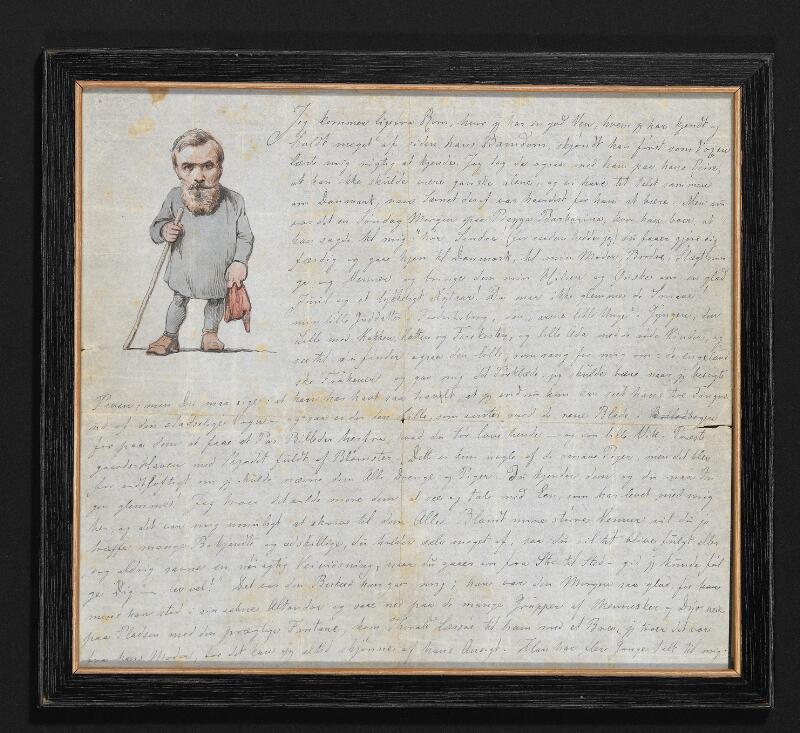
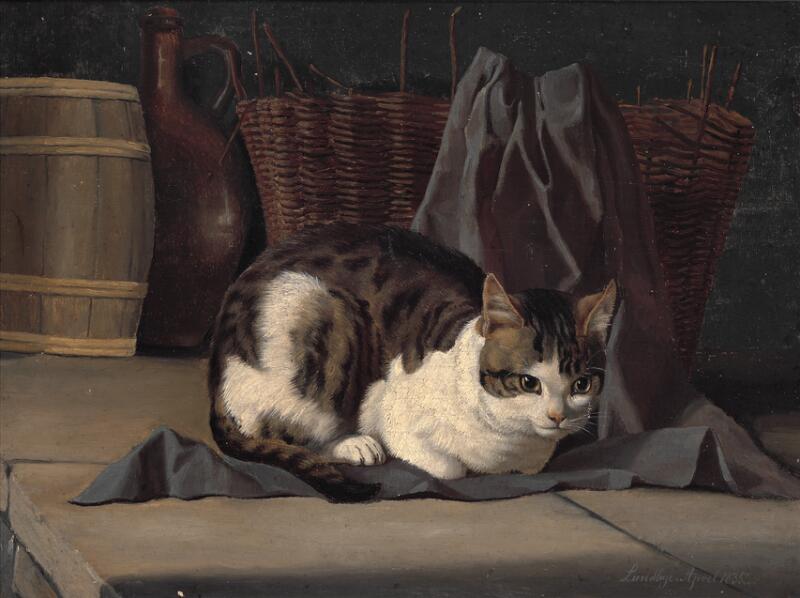



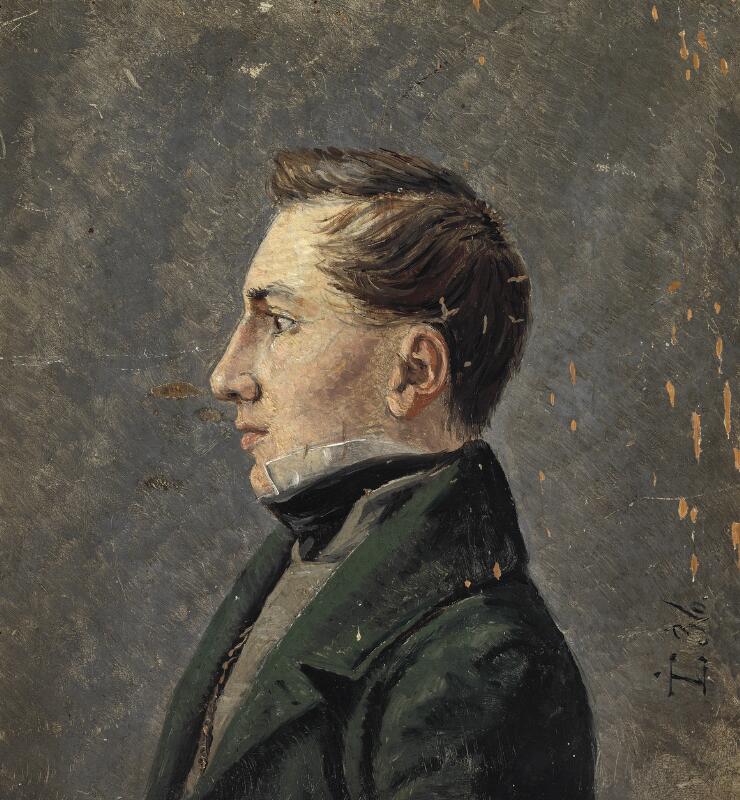


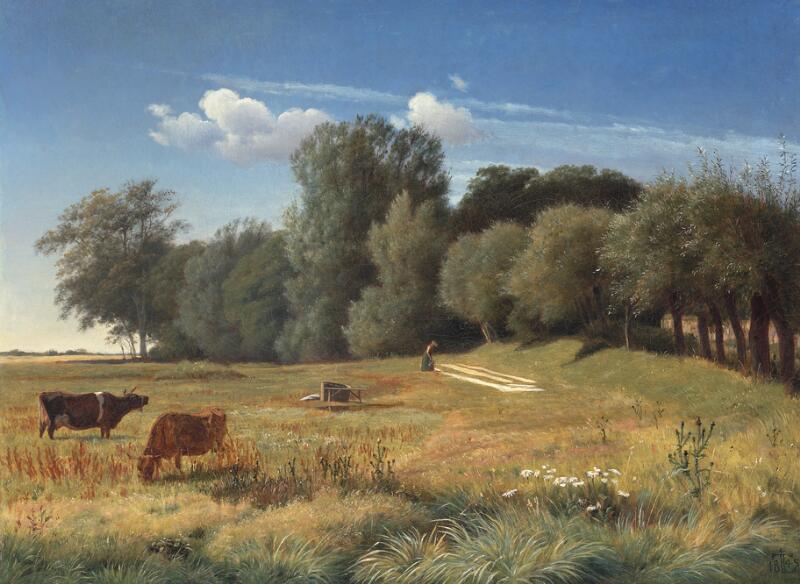


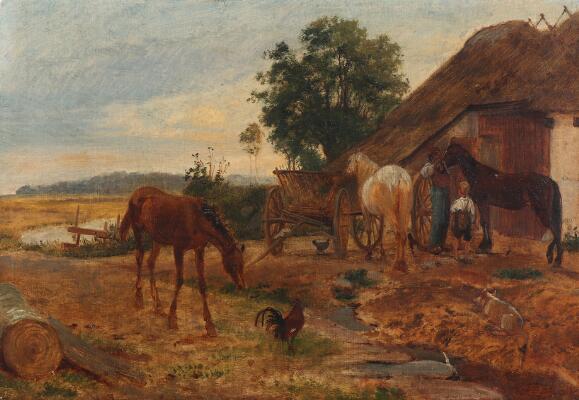
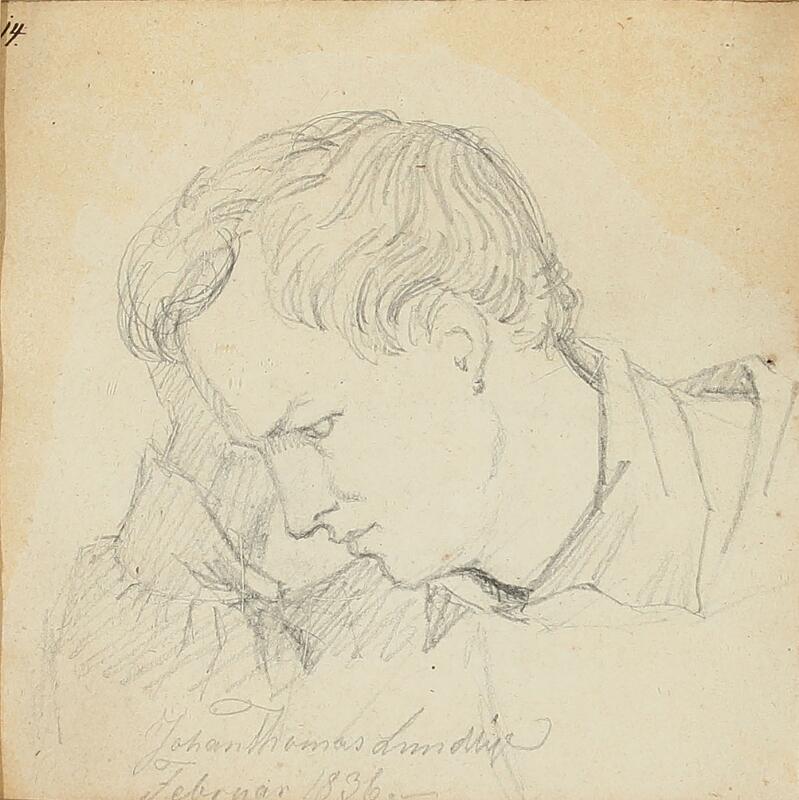
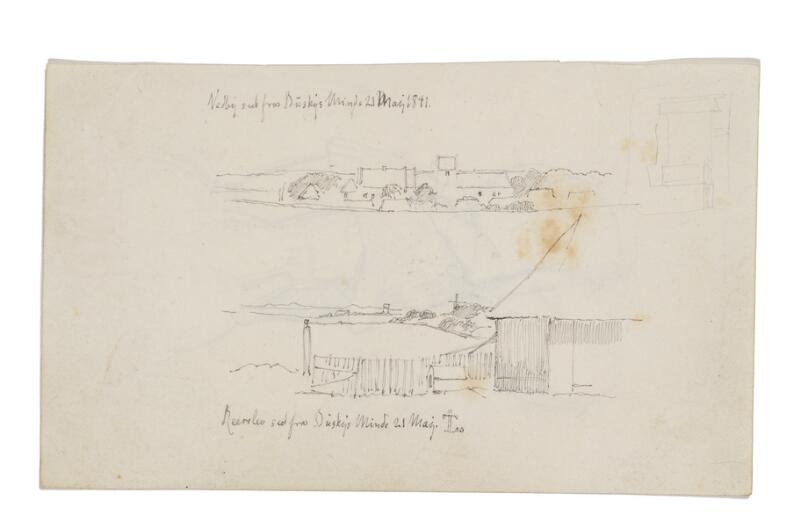

Testen Sie LotSearch und seine Premium-Features 7 Tage - ohne Kosten!
Lassen Sie sich automatisch über neue Objekte in kommenden Auktionen benachrichtigen.
Suchauftrag anlegen